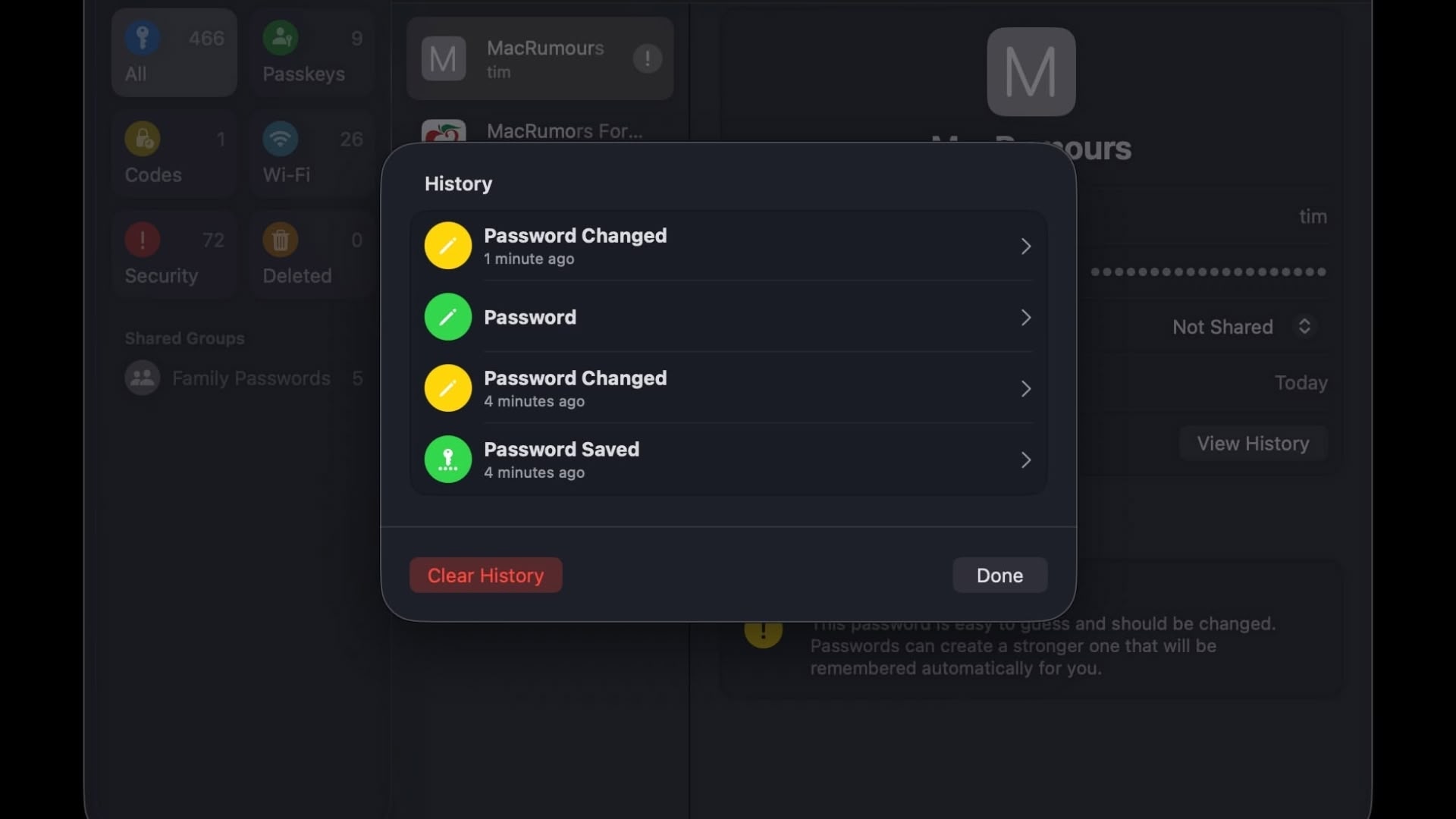Xiaomi 12S Ultra comes with a 1-inch type sensor, but should it really matter to you?
Smartphone cameras are developing and it’s just a couple of years until we will see high-end phones, not entirely, but at least be replacing some DSLRs. That’s what even the Sony CEO said recently. However, as of now, we haven’t seen all the tech that’s in professional cameras on smartphones. Yes, we have seen the crazy 1-inch type sensors on phones like the Sony Xperia Pro 1 and Sharp Aquos R6.
However, both didn’t turn out to be that impressive. Now, all eyes are on the Xiaomi 12S Ultra that’s due for a release on July 4. What’s interesting is the phone is teased to launch with a 1-inch type sensor but that’s not the same sensor that was in the Sony and Sharp smartphones.
Xiaomi 12S Ultra is confirmed to come with a Sony IMX989 sensor. The IMX989 will be Sony’s flagship sensor with 1-inch sensor size. And this is what Xiaomi’s betting on. But how will it impact a consumer?
How will the 1-inch sensor on Xiaomi 12S Ultra impact you?
Several reports have stated in the past that the IMX989 used in the Xiaomi 12S Ultra will be a 50MP lens. Having a higher megapixel lens itself is the key highlight of the phone’s camera.
For the unversed, 1-inch sensor size isn’t common on smartphones. Sensors of this size are used in professional cameras. Only a few years back, a few smartphone companies started launching phones with such sensor sizes. Although brands like Panasonic had announced the technology for phones way back in 2014, that never really materialized.
The ones that did materialize like the Xperia Pro 1 and Sharp Aquos R6 were limited by the megapixels. For instance, the Sony Xperia Pro 1 sports a custom 1-inch type sensor but it has a 12-megapixel lens. It was the same with the Sharp Aquos R6, it had a 20-megapixel lens, which is again limiting the sensor’s prowesses.
Now, the 50-megapixel optics on the Xiaomi 12S Ultra is expected to better assist the 1-inch sensor. Since it is a large sensor, plus the megapixel count is higher, consumers can expect better photos. This will also help users to capture better low-light shots. Although the aperture does play a part in the low-light capability of a phone, the sensor size too helps. Also, the higher megapixels will offer a sharper image.
Only having a 1-inch sensor won’t simply make a smartphone camera great. And only having a higher megapixel lens itself isn’t going to help either. But when both the sensor size and the higher megapixels are paired, the end results are better.
This is the exact reason why iPhone cameras shoot better photos than most Android phones. For instance, the iPhone 13 Pro Max, which is the newest iPhone at the moment, has a 12MP lens and the sensor size of the lens is 1/1.65.
If we compare it with the OnePlus 10 Pro, which even after having a Hasselblad lens doesn’t appear to perform well, has a 50MP lens with a sensor size of 1/2.76. Here, although the camera is 50MP, the sensor size is a limitation.
So, a 50MP lens paired with a 1-inch sensor should offer better photos even during the daytime as well as at nighttime. Also, there’s the Leica branding too, so overall, the Xiaomi 12S Ultra appears to have stable camera hardware and that will impact how you shoot photos and videos.
Speaking of the video, the higher megapixel and sensor size, plus the Snapdragon 8+ Gen 1 chipset will constitute the phone’s video. The chipset supports 8K video recording at 30FPS and 4K video recording at 120FPS.
That said, if you are a camera buff or even a regular user, you should be able to get good photos and videos from the Xiaomi 12S Ultra.
The post Xiaomi 12S Ultra comes with a 1-inch type sensor, but should it really matter to you? appeared first on BGR India.






